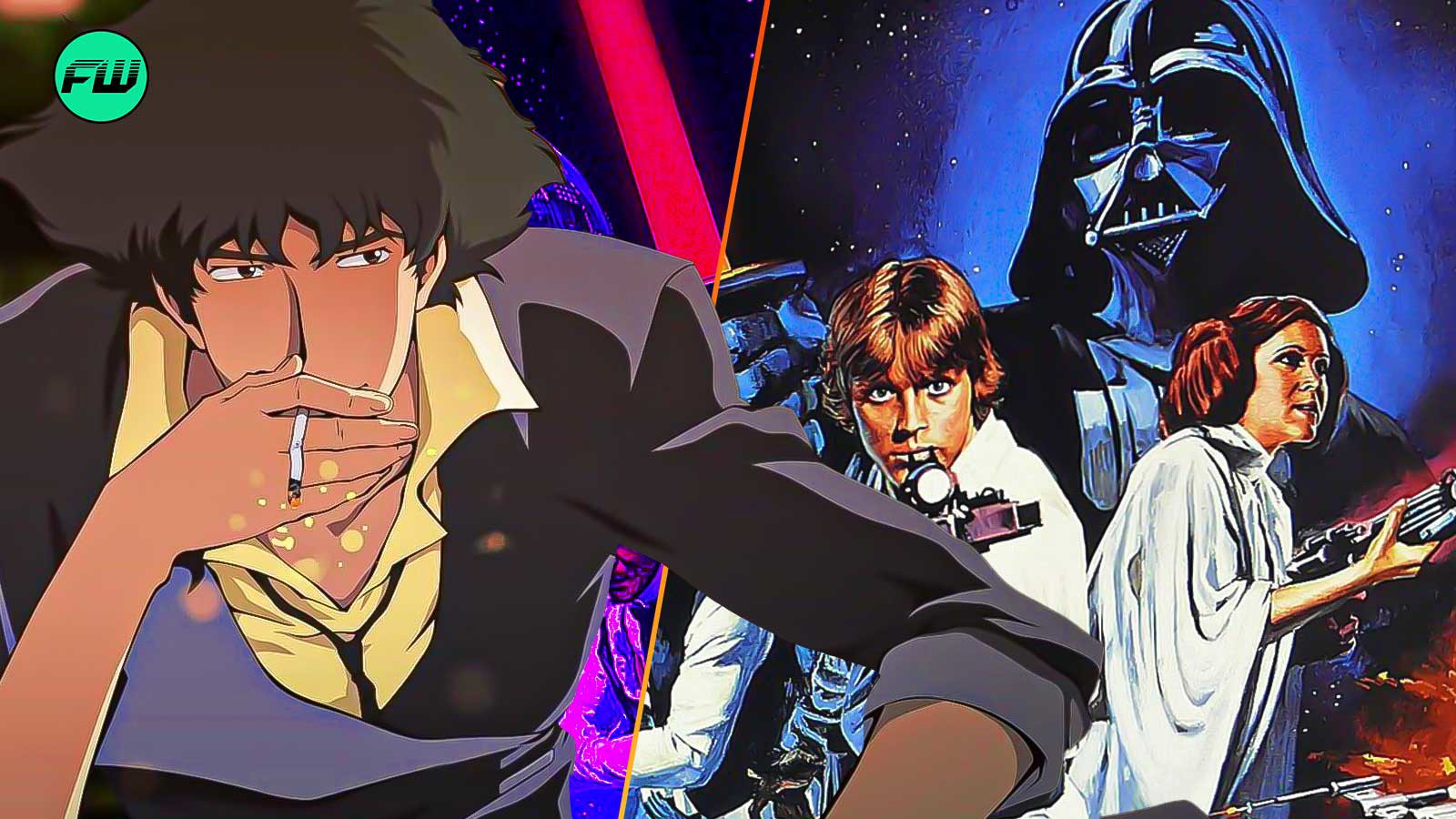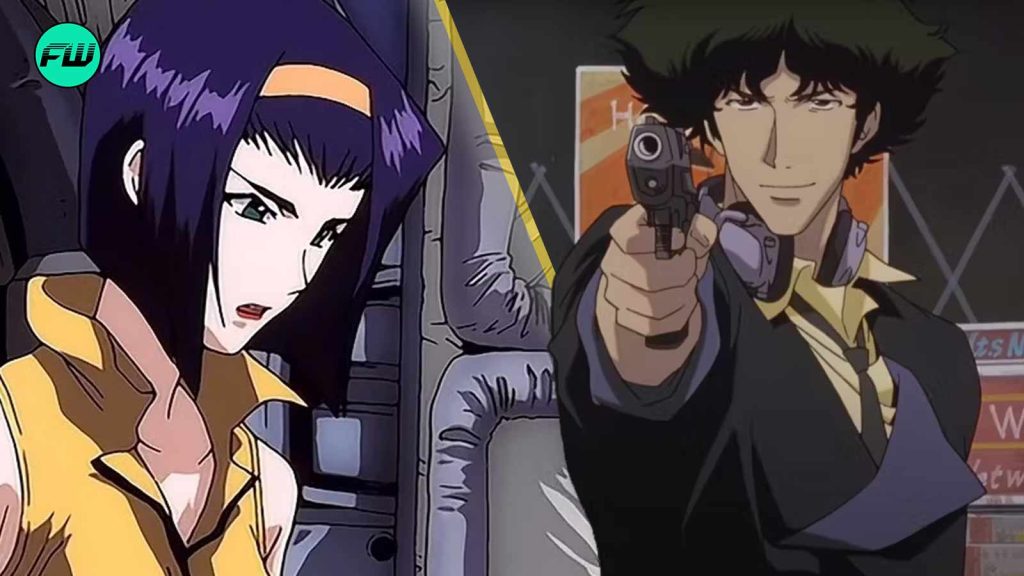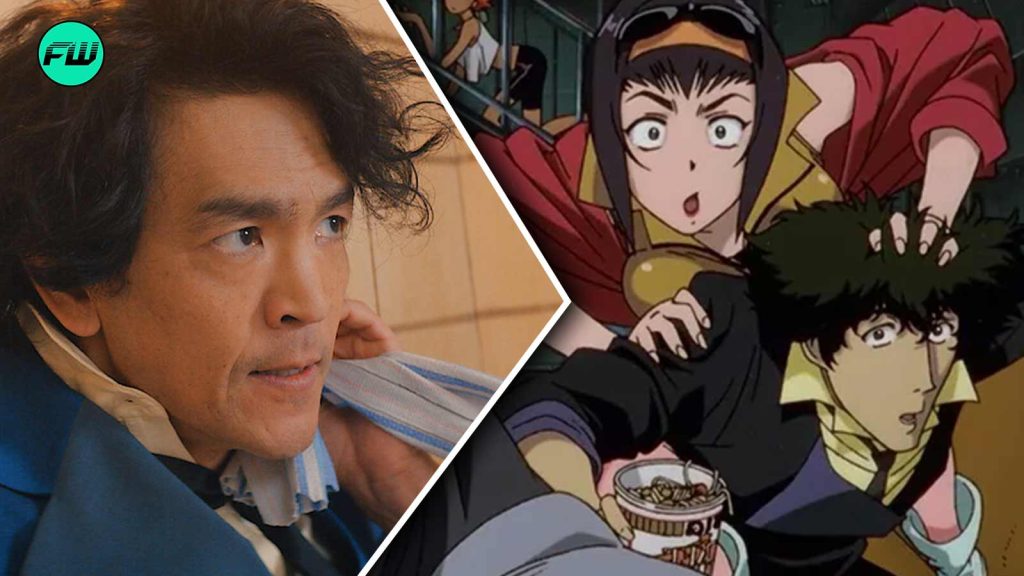With a genre-defying mix of space adventure, noir, and jazz-infused style, Shinichirō Watanabe’s Cowboy Bebop is one of the greatest anime ever made. But the road to its creation was anything but smooth. In fact, the anime that is now considered a masterpiece nearly wouldn’t get made at all.
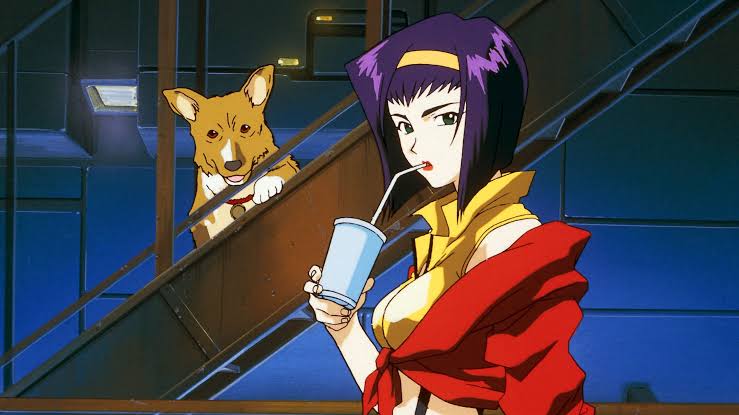
The creation of Cowboy Bebop was a risky venture; Bandai’s misguided belief that the anime wouldn’t be financially successful almost caused the project to be abandoned altogether. Ironically, the show’s near-failure played a major role in molding it into the cultural phenomenon that it is today.
Shinichirō Watanabe’s Inspiration for His Own Creation: Cowboy Bebop
In an interview conducted by Ollie Barder via Forbes, Shinichirō Watanabe reflected on his journey as an anime director. Originally passionate about movies since childhood, his interest shifted to the anime industry through legendary anime films like Nausicaä of the Valley of the Wind, Urusei Yatsura 2: Beautiful Dreamer, and The Super Dimension Fortress Macross: Do You Remember Love?
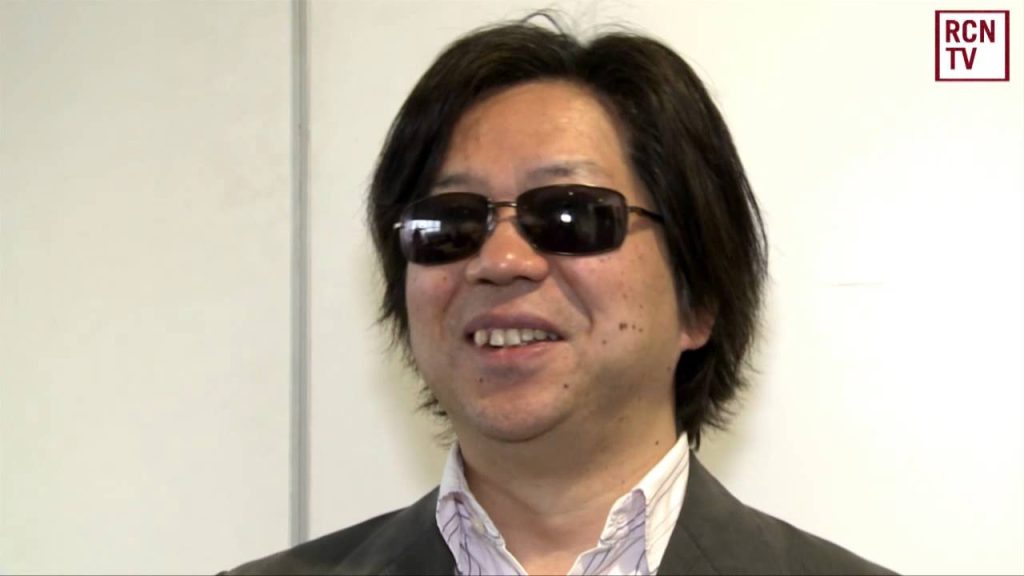
With a desire to create his own anime series someday, he joined Sunrise, the Studio known for iconic series like Gundam and Ideon. Following that, he worked on many projects like City Hunter, Batsu & Terry, and Gundam 0083 as an episode director. During the time of his working as a co-director for the anime Macross Plus, Watanabe’s earlier ambition to create his own anime ignited once again, and that marked his journey for the creation of Cowboy Bebop.
In the mid-1990s, Bandai saw a golden opportunity in the revival of George Lucas‘ Star Wars franchise. With The Phantom Menace on the horizon, the toy company anticipated a renewed interest in space-themed media and, more importantly, a spike in demand for plastic spaceship models. To capitalize on this trend, Bandai initiated a plan to create an anime centered around spaceships, hoping it would bolster their model kit sales.
Director Shinichirō Watanabe was tapped to lead the project. Initially, Bandai gave Watanabe the freedom to do whatever he wanted with the story, as long as spaceships were featured prominently. At first, this seemed like a dream opportunity for Watanabe, who had been itching to create something original. But things quickly took a different turn.
Shinichirō Watanabe’s Precarious Journey with Cowboy Bebop
Shinichirō Watanabe‘s idea for Cowboy Bebop started to take shape as the anime’s creation went on. The theme of this project included aspects of existential philosophy, jazz, and noir in addition to spaceships and intense space combat, which became the ragtag of Cowboy Bebop.
The eclectic nature of the project concerned Bandai. While the company had expected a straightforward space opera that could drive toy sales, Cowboy Bebop was turning into something entirely different. in Watanabe’s words,
Once I started doing anything I wanted, Bandai came back saying that the plastic models of this anime would not sell. That resulted in Bandai cancelling the project to do spaceship-related plastic models and they withdrew as a sponsor, resulting in Cowboy Bebop getting stuck.
The company executives began to worry that the spaceship models they were depending on might not be successful in selling. Even though the designs were functional and stylish, they didn’t match Bandai’s idea of what kind of toys would sell. Fearing a loss of sales, Bandai took the bold choice to cut off funding, halting the anime’s production.
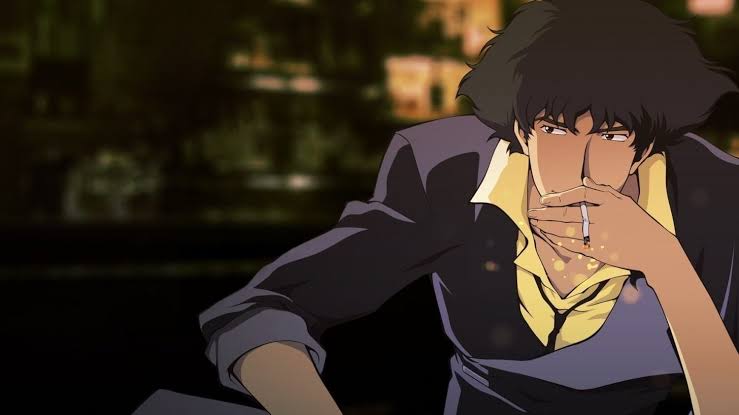
However, after constant negotiation, Bandai Visual finally agreed to take over the sponsor role for the anime. Watanabe expressed a sense of satisfaction in how things turned out, noting that Bandai’s lack of foresight almost caused them to miss out on an anime that would go on to become a cultural landmark.
So to have Cowboy Bebop become so successful and still have lots of model kits and toys made is rather satisfying. It also shows that Bandai didn’t have the foresight to fund successful anime at that time.
In a twist of fate, Cowboy Bebop went on to achieve immense success, both critically and commercially. The irony is that, despite Bandai’s initial concerns, this series eventually did spawn model kits, toys, and other merchandise; proving that great anime isn’t always driven by commercial logic. Cowboy Bebop succeeded because it stayed true to its creative vision, not because it stuck to the demands of the marketplace.
Cowboy Bebop is currently available to watch on Crunchyroll.

